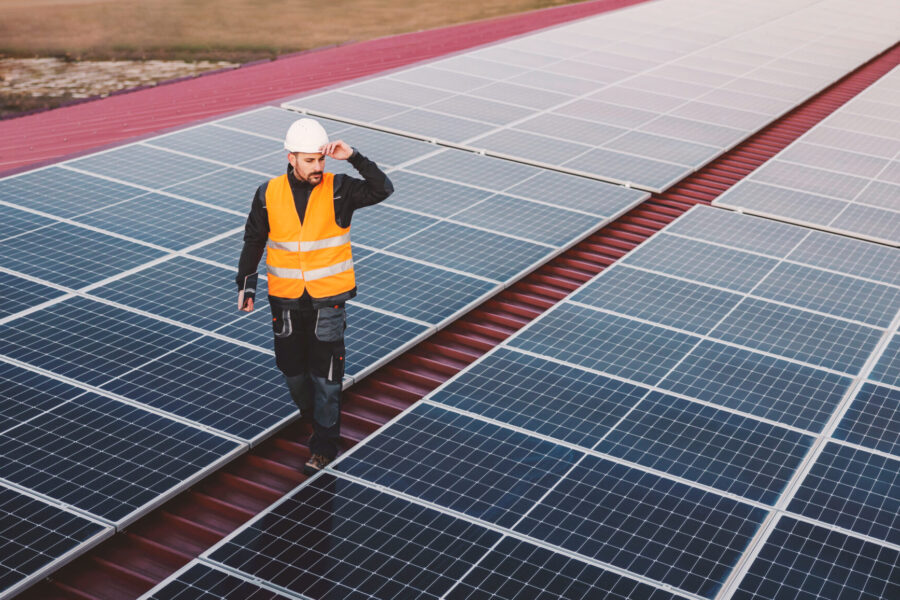Energy
Optimise self-consumption of neighbourhoods with artificial intelligence and promote energy self-sufficiency

After three years, a pilot project for energy optimisation was successfully completed in Lugaggia, a small village not far from Lugano. The project partners, including the Swiss KISTERS partner Optimatik AG, successfully demonstrated that an intelligently connected and controlled network of electricity consumers and solar power producers can significantly increase the degree of self-sufficiency. The project was awarded with the Watt d’or by the Swiss Federal Office of Energy.
- The challenge
- The solution
- The benefits
The challenge
The aim was to optimise the neighbourhood’s own consumption using artificial intelligence and smart meters. In addition, the project partners investigated the advantages and disadvantages of a centralised and a decentralised system.
The solution
For the pilot project, the project partners installed a power line to connect the attached buildings to a legally compliant interconnection for self-consumption, whose centrepiece is the Lugaggia kindergarten. A 30kW photovoltaic system is installed on it and the municipality’s 60kWh battery is located in the basement. The kindergarten is the main consumer of the electricity from the PV system, the rest flows via the neighbourhood grid to the other consumers. If more electricity is consumed than produced, the battery is tapped first and only when it is empty the public grid is tapped.
The battery and consumption are controlled automatically on the basis of an intelligent algorithm that reliably estimates the load profiles of the buildings using historical consumption data and forecasts.
With the KISTERS FlexManager, very advanced use cases have already been successfully implemented in the project: For example, grid-serving or self-consumption-optimised control of electric boilers, night storage heaters, heat pumps, PV systems, charging stations and street lighting has been realised.
The benefits
Reducing energy costs through optimisation
Through the optimisations, the community had to draw less energy from the public grid and thus generated a significantly higher own consumption. This also enabled them to significantly reduce energy costs.
Self-sufficiency of over 90 percent
Before the project began, the community’s degree of self-sufficiency was around 30 percent. In the project, the kindergarten of Lugaggia, 18 residential buildings, 10 heat pumps, 6 electric water heaters, a 60 kWh quarter battery and 6 photovoltaic systems with a total output of around 70 kW were connected in such a way that 94 percent of the solar electricity not used directly was consumed within the community.
Transferable to implementation of §14a EnWG in Germany
The experiences and findings from the Swiss projects can also be transferred to the current and future situation in Germany, where the tested technology is now also being used for distribution grid operators to implement §14a EnWG.